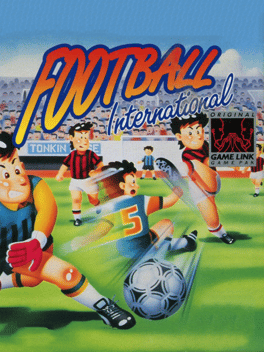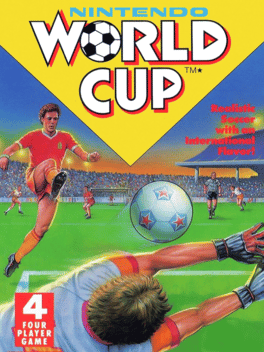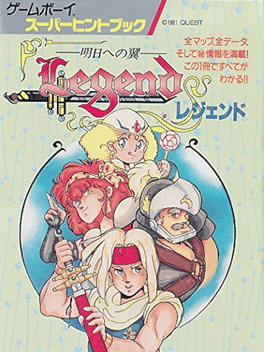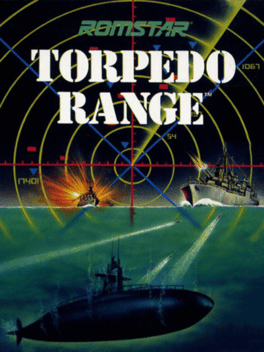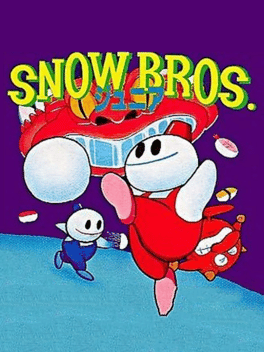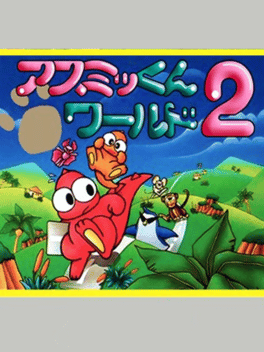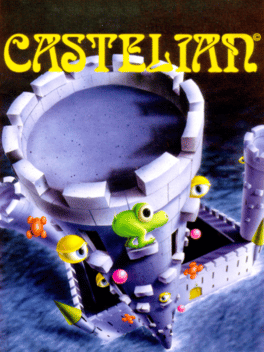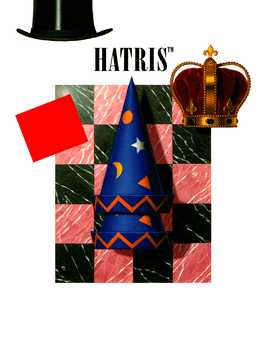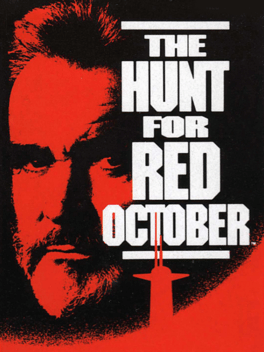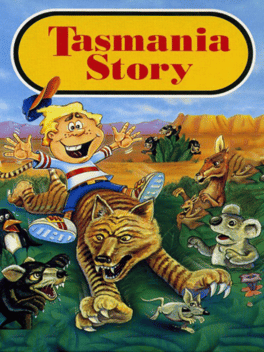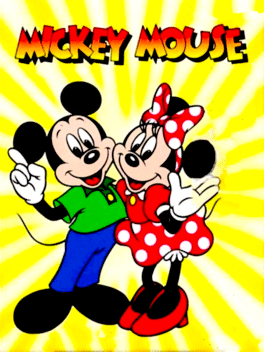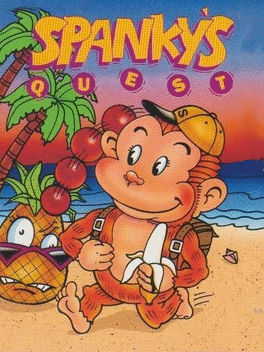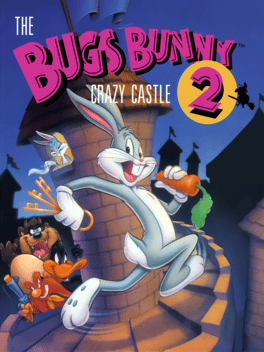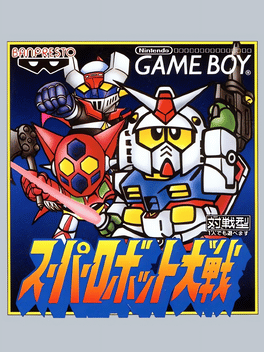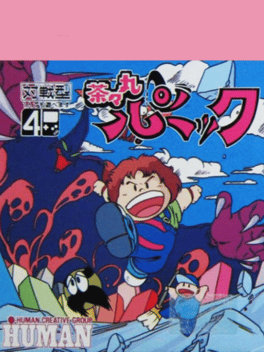New Game Boy Games - Page 44
-
Football International
1991
star 3.3Football International is a top-down soccer game with eight national teams to choose from. The player can either participate in an exhibition match or in a knockout championship. Other options which can be set is the time a half-time lasts and if the own team uses a more defensive or offensive lineup. The game itself consists of the usual dribbling, passing and shooting. Normally the camera closely follows the ball carrier, but when a wide shot is performed it zooms out and shows the whole playfield. -
Nintendo World Cup
1991
Nintendo World Cup
1991
Nintendo World Cup is the Western localization of Nekketsu Koukou Soccer Bu: World Cup Hen. -
Go! Go! Tank
1991
Go! Go! Tank
1991
star 4.6A peaceful nation has been invaded by an enemy army. It's up to you to conquer the army and save your nation! -
Legend: Ashita he no Tsubasa
1991
Legend: Ashita e no Tsubasa is a Role-Playing game, published by Quest, which was released in Japan in 1991. -
Torpedo Range
1991
Torpedo Range
1991
In Torpedo Range, terrorists have basically somehow taken over most of the world. As a one-ship operation, you have to free six countries from the terrorists' grasp to win the game: to do this, you must visit a port at each of the six countries and destroy all the guns on the port in a shooting mini-game to 'liberate' the country. -
Snow Bros. Jr.
1991
-
Asmik-kun World 2
1991
Asmik-kun World 2
1991
Asmik-kun World 2 (アスミッくん ワールド 2 Asumikkun Wārudo 2) is a Game Boy video game by Asmik, copyrighted in 1991.Unlike its predecessor, Boomer's Adventure in ASMIK World (Teke! Teke! Asmik-kun World), this game was never released outside Japan. Like its predecessor, the game is an excellent example of the trap-em-up genre, which also includes games like Heiankyo Alien and Space Panic. In the game, Asmik-kun has to build a "road" from the entrance to the exit in each level. An enemy has come to kidnap the children on a certain world and the "roads" are intended for the children to be rescued and escorted safely back home. -
Game Boy Wars
1991
Game Boy Wars
1991
A turn-based tactics game for Game Boy; it is the second game in the Nintendo Wars franchise. -
The Adventures of Star Saver
1991
A police officer named Tony and his sister are forced to go inside an unidentified flying object by a group of aliens who are planning to invade the galaxy. They are later exiled to a distant planet after refusing to engage in espionage for their side. Tony finds himself stranded on a strange planet where nothing is familiar (and without his sister). However, a mech that has a vast knowledge of telepathic skills saves him and empowers Tony with the ability to take on the aliens' army. This machine becomes an important ally in the battle to save Tony's sister and stop the extraterrestrial invasion before it's too late. The game forces players to fight strange aliens across the galaxy. Players collect power-ups while in the mech but loses it after a single hit. The game includes some surreal enemies like a typical dog and some music notes. -
Castelian
1991
-
Marble Madness
1991
Marble Madness
1991
The idea of this arcade game is deceptively simple: Guide a marble down a path without hitting any obstacles or straying off the course. The game is viewed from an isometric perspective, which makes it harder to stay focused on the direction the ball is to follow. There are tight corridors to follow and enemies to avoid. There is a 2-player mode in which players must race to the finish; otherwise you're racing against the clock. -
Hatris
1991
-
The Hunt for Red October
1991
star 7.3The Game Boy version offers the option to play as Ramius or the convoy commander of the Soviet Navy. It has eight stages, beginning in Greenland and ending on the Western Seaboard of the United States. The fifth stage shows Greek architecture, an Easter egg where the lost city of Atlantis has been unknowingly discovered. As the convoy commander, the player's mission is to sink the Red October, sparing no expense. -
Tasmania Story
1991
Tasmania Story
1991
star 4.3Tasmania Story is an Action game, published by Pony Canyon, which was released in 1991. -
Mickey Mouse
1991
Mickey Mouse
1991
Mickey Mouse (Mickey Mouse II in Japan) is the third game in the Crazy Castle series, and the second starring Mickey Mouse. It was later released in North America as Bugs Bunny Crazy Castle 2 and in Europe as Hugo and Mickey Mouse. -
Spanky's Quest
1991
Spanky's Quest
1991
Wicked witch turns fruits into monsters, Mopoland Population famished! Welcome to Mopoland, where the evil witch Morticia has cast an evil spell and turned all the fruits of the mighty kingdom into fiendish monsters. Spanky, our primate hero is on a quest. Armed with his magic ball, Spanky must hunt down Morticia through six grueling levels to liberate Mopoland, and save it’s citizens from a certain famine. -Fun, playful characters. -Password continue feature. -Unique traps and bonus rooms. -Fantasy/Adventure for the entire family. -
The Bugs Bunny Crazy Castle 2
1991
star 6.9Bugs Bunny must save his girlfriend Honey Bunny from Witch Hazel's enemy-filled castle. There are 28 levels with keys to collect. In each level is a locked door leading to the next level; to open it, the player must collect eight keys placed throughout the level. Various Looney Tunes characters are encountered, including Yosemite Sam, Daffy Duck, Wile E. Coyote, Sylvester, Foghorn Leghorn, Tasmanian Devil, Beaky Buzzard, Spike, Merlin the Magic Mouse, and Tweety. -
Super Robot Taisen
1991
Super Robot Taisen
1991
The first game of the series, which only features sentient robots from the Universal Century Gundam series, Mazinger series and Getter Robo series. It is one of the only independent games in the series to feature a multiplayer mode; it is not done again until the release of Super Robot Wars XO. Unlike future games, the goal is to capture the enemy army's "tower," and Spirit Commands can only be used by the unit that is designated the team's "hero." The final boss of the game was the main villain from Great Mazinger vs. Getter Robo, Gilgilgan. -
Chachamaru Panic
1991
